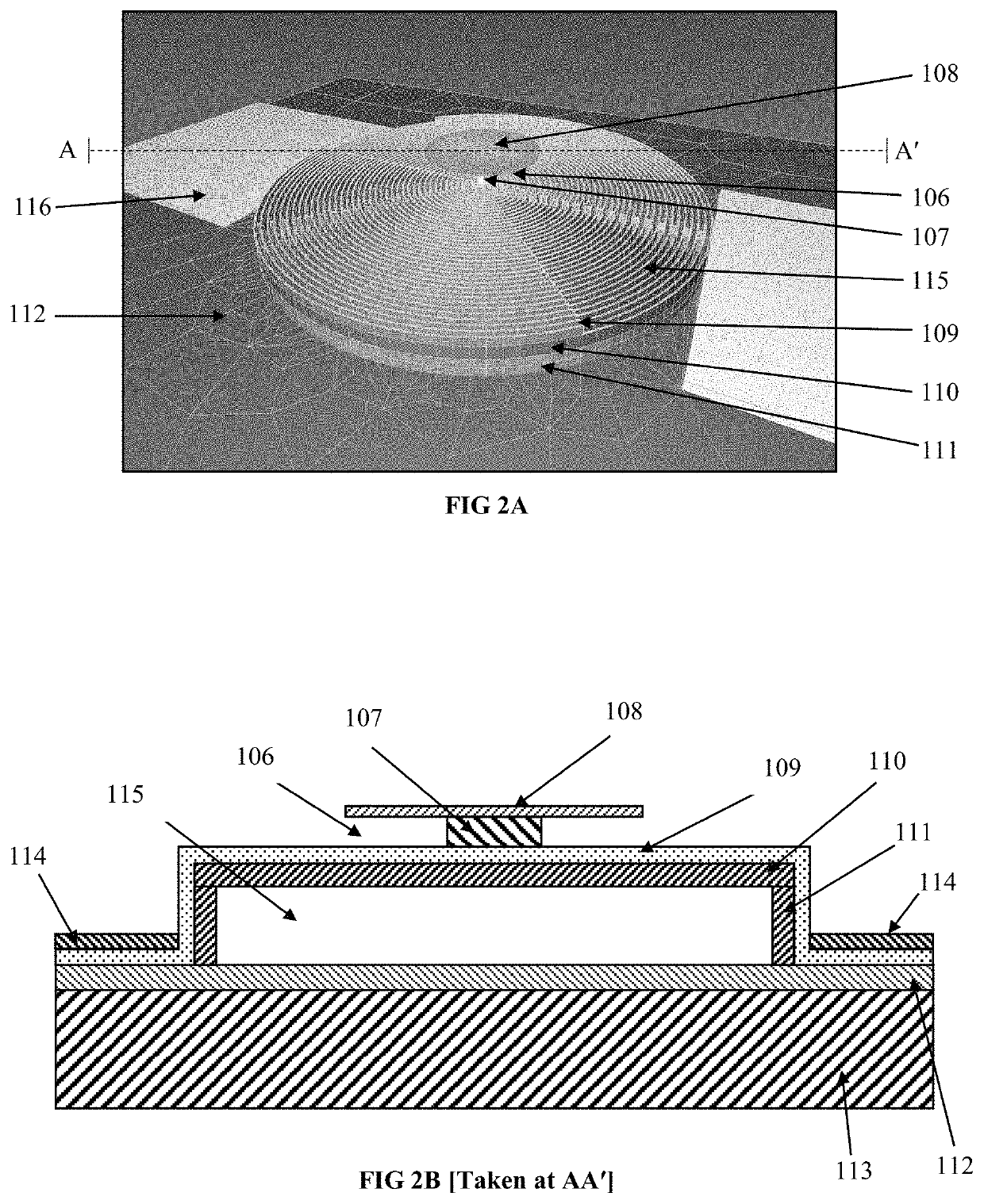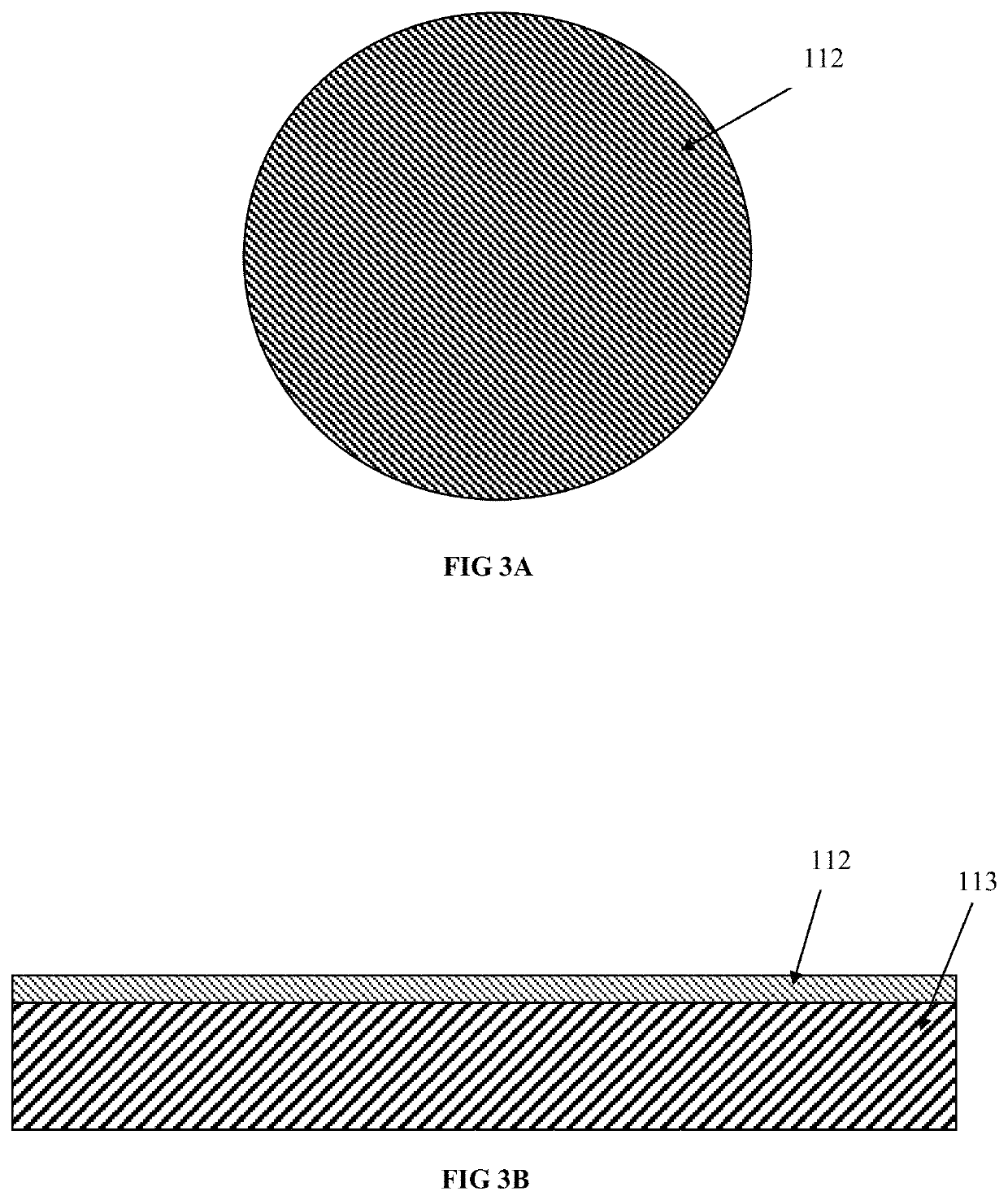Medium wave infrared (MWIR) and long wavelength infrared (LWIR) operating microbolometer with raised strut design
a microbolometer and long-wavelength infrared technology, applied in the direction of optical radiation measurement, instruments, semiconductor devices, etc., can solve the problems of a small group of low-cost, low-performance products, and the sensitivity and abilities of these quantum detectors far surpass thermal detectors, so as to minimize the thermal conductance of the device , the effect of allowing
- Summary
- Abstract
- Description
- Claims
- Application Information
AI Technical Summary
Benefits of technology
Problems solved by technology
Method used
Image
Examples
Embodiment Construction
[0040]Various example embodiments will be described more fully hereinafter with reference to the accompanying drawings, in which some example embodiments are shown. Example embodiments may, however, be embodied in many different forms and should not be construed as limited to the example embodiments set forth herein. In the drawings, the sizes and relative sizes of layers and regions may be exaggerated for clarity.
[0041]In other example embodiments mentioned hereinafter describes some objects or layers as located above others, using terms such as “on top of” or “above”. Such example embodiments may be referring to any layer located above the first mentioned layer, but not necessarily the adjacent or closest layer to the original object. For example, a layer of material referred to as “above” another layer may be located directly above the original layer or several layers above the original layer.
[0042]For microbolometers made of semiconducting sensing layers (semiconducting microbol...
PUM
 Login to View More
Login to View More Abstract
Description
Claims
Application Information
 Login to View More
Login to View More - R&D
- Intellectual Property
- Life Sciences
- Materials
- Tech Scout
- Unparalleled Data Quality
- Higher Quality Content
- 60% Fewer Hallucinations
Browse by: Latest US Patents, China's latest patents, Technical Efficacy Thesaurus, Application Domain, Technology Topic, Popular Technical Reports.
© 2025 PatSnap. All rights reserved.Legal|Privacy policy|Modern Slavery Act Transparency Statement|Sitemap|About US| Contact US: help@patsnap.com



